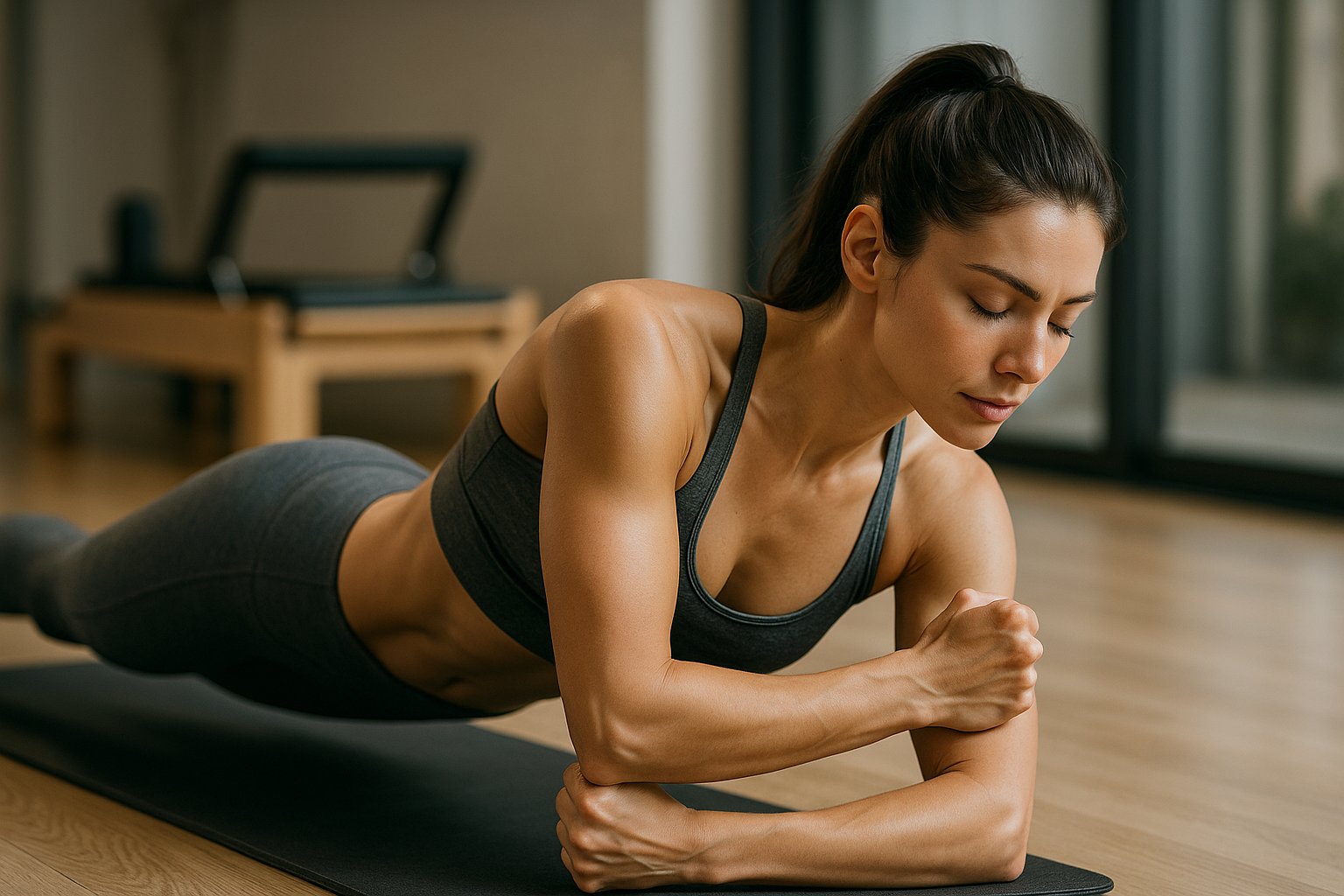Unveiling the Power of Isometric Exercises for Beauty and Fitness
The journey of beauty and fitness is eternally evolving, with new trends and concepts constantly emerging. Amidst the multitude of practices, isometric exercises have steadily gained recognition for their unique approach to building strength and enhancing physical appearance. This article delves into the incredible world of isometric exercises, analyzing its historical roots, current trends, and the profound impact it has on the beauty and fitness industry.

Isometric Exercises: A Historical Background
Isometric exercises date back to ancient times, originating in the practices of Greek athletes and warriors. The term ‘isometric’ derives from Greek, meaning ‘equal or same measure’. In the context of exercise, it refers to a specific type of strength training in which the joint angle and muscle length remain unchanged during contraction.
This method of training received mainstream attention in the mid-20th century, thanks to the research of Dr. Theodore Hettinger and Dr. Eric A. Muller. Their studies showed that isometric exercises could increase strength and muscle size, sparking interest in the fitness world.
The Current Landscape: Isometric Exercises in Modern Times
Today, isometric exercises are a staple in physical therapy, rehabilitation, and strength training. They are also popular in yoga, Pilates, and barre classes, where they are used to build core strength and improve balance.
The beauty industry has also recognized the potential of isometric exercises in enhancing physical appearance. Isometrics can improve muscle tone, promote fat loss, and even support skin health through improved blood circulation.
A recent trend in the fitness industry is ‘Iso-HIIT’, a hybrid of isometric exercises and high-intensity interval training. This fusion maximizes the benefits of both methods and offers a comprehensive workout.
The Impact: Isometric Exercises and the Beauty and Fitness Industry
Isometric exercises have left a significant footprint on the beauty and fitness industry. They have carved a niche for themselves as a low-impact, effective method of achieving fitness goals and enhancing beauty.
The exercises are widely incorporated in various fitness routines, from yoga to strength training programs. Their key differentiator lies in their ability to target specific muscle groups without putting unnecessary strain on the joints. This makes them ideal for people with joint problems, seniors, and those recovering from injuries.
In terms of beauty, isometric exercises contribute to a toned, lean physique, which is highly sought after in the current beauty standards. The improved circulation from these exercises can also promote healthier, glowing skin.
The Evidence: Benefits and Recommendations
Several studies support the benefits of isometric exercises. A study published in the Journal of Applied Physiology found that isometric training significantly increased muscle strength. Another study in the Journal of Physical Therapy Science found that isometric exercises improved balance and mobility in older adults.
In terms of beauty benefits, research indicates that improved circulation from exercise can support skin health, potentially reducing signs of aging and promoting a healthy glow.
A Fresh Perspective on Beauty and Fitness
Isometric exercises offer a unique perspective in the beauty and fitness space. They combine the benefits of strength training with the gentleness of low-impact exercises, offering a comprehensive approach to wellness.
As trends continue to evolve, the influence of isometric exercises is likely to grow. Their potential in promoting strength, wellness, and beauty makes them a valuable addition to any fitness routine. By integrating isometrics into our fitness regimes, we can take a step towards a healthier, more vibrant self.





